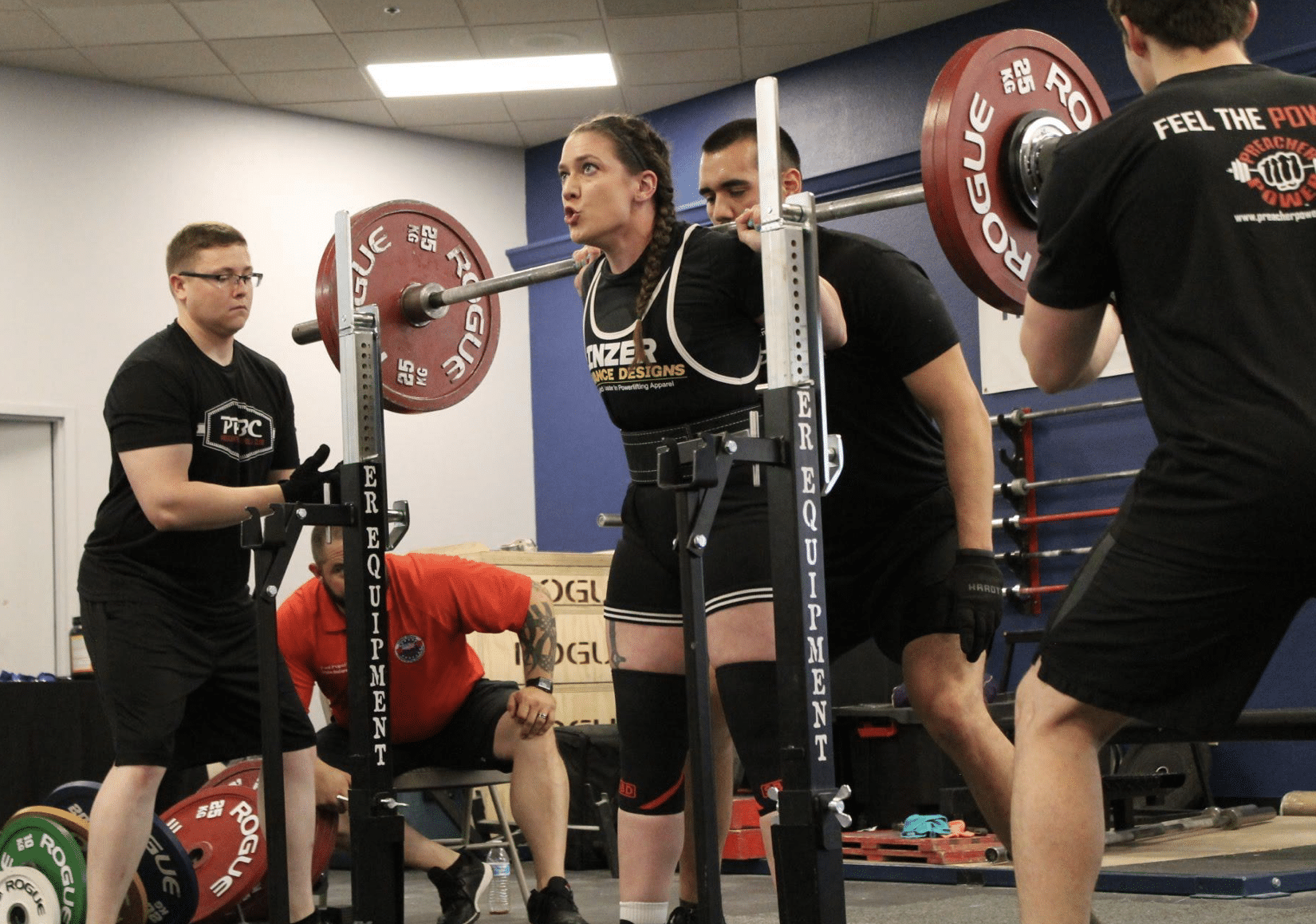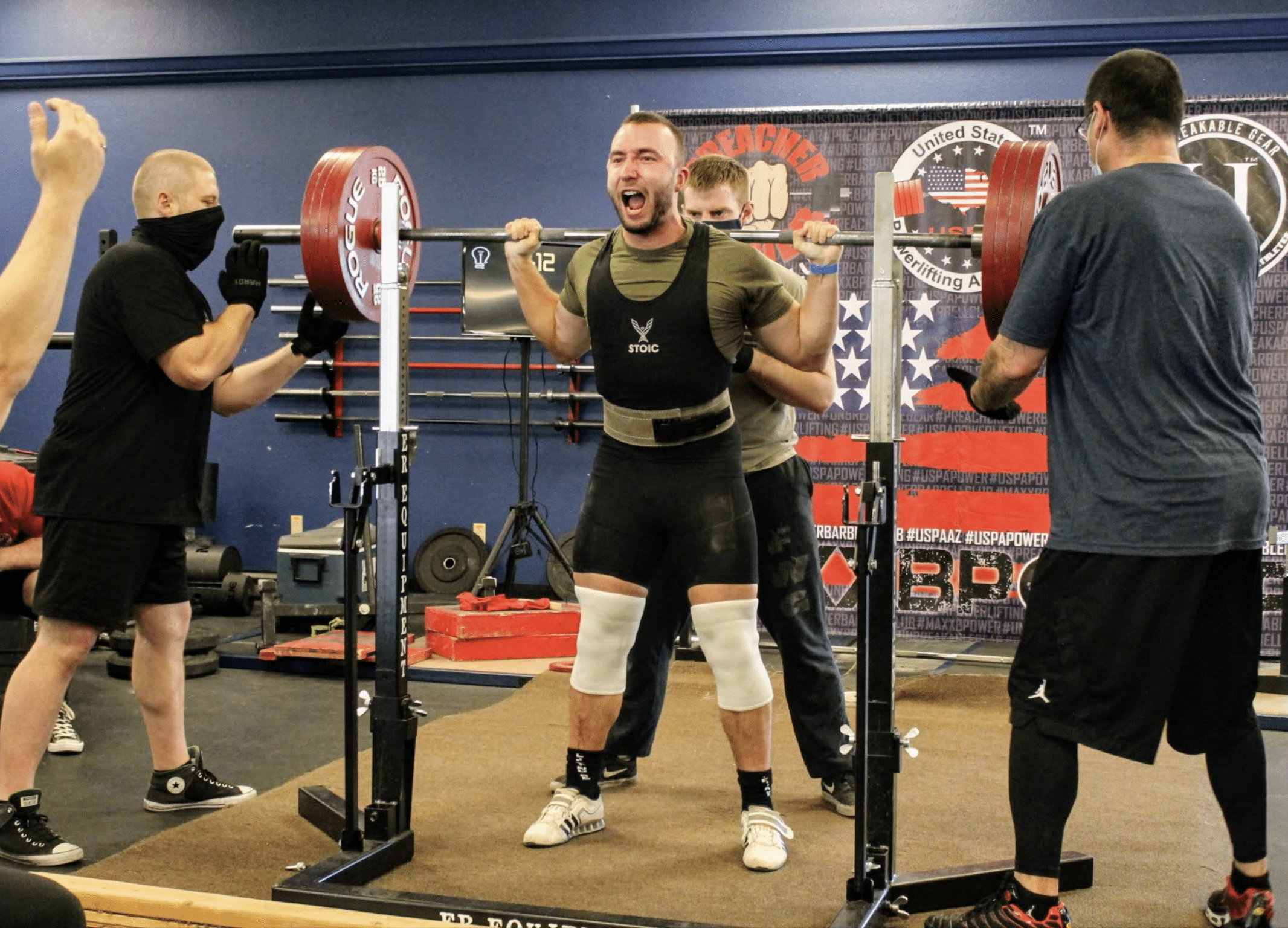You train 4 days per week banging out the iron and love it. Now you want to put your hard work on the platform and focus on a goal. Having a history of being consistent in the gym is a great quality to have if you want give powerlifting a shot. Strength is built with incremental gains over a long period of time and it takes consistent practice. One of the biggest differences between training for strength and lifting for general fitness is being able to follow a program with discipline. As mentioned in the last blog(Thinking About Powerlifting? Part 1 ) in powerlifting you aren’t training to failure or training to chase the pump.
Training for bigger or toned(whatever that means) muscles involves using a very different energy system than training for pure strength. That burn you are feeling while grinding out higher reps and pushing to near failure is utilizing your anaerobic glycolitic system. When you are training for strength you are using your creatine phosphate system. This energy system is utilized in lower rep ranges and depletes rather quickly. The metabolic by products of the creatine system don’t cause burning muscles. You will need to learn to rest between sets instead of rushing through training sessions.
It takes a change in mindset, because a bulk of your strength work will be working in lower rep ranges and not pushing to failure. You will be building volume by executing multiple sets with
 lower reps. Reps which should remain faster and non fatiguing. In strength work, it is more optimal to do 80% of your 1RM for 5 sets of 3 than grinding out 3 sets of 8 with the same weight.
lower reps. Reps which should remain faster and non fatiguing. In strength work, it is more optimal to do 80% of your 1RM for 5 sets of 3 than grinding out 3 sets of 8 with the same weight.
There are numerous training philosophies out there, but many of the top programs share a similar philosophy. When thinking about training cycles for strength, here are few different phases I consider depending on the lifter we are working with. Are you a first time competitor? Do you have a long history with training? Are you newer to training (less than 3 years). Do you want to do 1 meet per year or do you want to switch your focus entirely to Powerlifting for the long haul? Have you recently maxed out?
Here is a basic breakdown of how to cycle programming throughout the year. Length of each phase will vary based on the lifter.
Base Building
This is the phase where you are building your foundation of giving your body the volume needed at the right percentages to build the base of your strength. Think of it like a Pyramid. The pyramid can only be as stable and strong as the width of its base. The bigger that base the more solid the structure. The base building phase focuses on technique, bar speed, and building volume. This should be a larger block for the strength focused lifter. If executed correctly you will be able to train for longer periods of time without being beat up and having to de-load every 3-4 weeks.

Peaking Phase
Peaking is Meet Prep. Depending on your base, this phase can be anywhere between 9 to 4 weeks before the meet. Before peaking you should have a base of strength and fitness built up. You should now be prepared to progressively load the movements with more weight each week. This is where things start to get heavy. In doing so you will start to cut your training volume down. Instead of doing 5 sets of 5 reps you will end up working up to hitting heavy doubles and singles on your competition lifts. Your assistance exercises will be tapered considerably over this period. The goal is express your strength by loading the body with more weight while keeping the nervous system fresh and decreasing fatigue. A big mistake that is very common is seeing lifters doing high volume sets and reps to chase a burn weeks before a meet. When you are peaking there should be almost no burn being felt in the muscles. It will be heavy and it can get intense, but burning exhausted muscles are counter productive while peaking. Another important point is you don’t test your meet max before competition day.
Hypertrophy Phase
This phase is usually done post meet for most lifters. After coming off a program where you have decreased volume and increased weight, it is time to build the volume back up and get the joints moving with more repititons and moderate loads. In other words, it’s time to get your fitness back up. A big mistake many people make is jumping from peaking cycle to peaking cycle. It’s a great way to burn out, hit a plateau, or injure yourself. This phase the burn and muscle soreness will return. It is still important to have a plan with this hypertrophy blocks and not just wing it. Crushing yourself with random acts of exercise and ridiculous volume doesn’t make you a better athlete.
GPP (General Physical Preparedness)
GPP may mean different things for different lifters. In general, we want to have the best of all worlds in this phase. Maintain a base of strength, improve cardiovascular conditioning, build some strength endurance, and most importantly keep your muscles and tendons healthy and mobile. This phase can include Aerobic conditioning (this actually should be involved in some form in each phase), Anaerobic conditioning or higher intensity cardio training should also be involved with more focus than in previous phases. Incorporating multi-directional movements, loaded carries, and calisthenics can also a part of this phase. You can still incorporate the Big 3 lifts in this phase but its a good idea to utilize specialized variety lifts in this phase. Not many lifters work this into their program, but for longevity and health it is highly advisable.
Rather than just searching the web for template programs, it is a good ideas to start with a coach that get a good understanding of where you are and help plan out your training cycles to get you where you want to be.
PART 3 Coming soon: What Prepping for your first Meet Looks like
